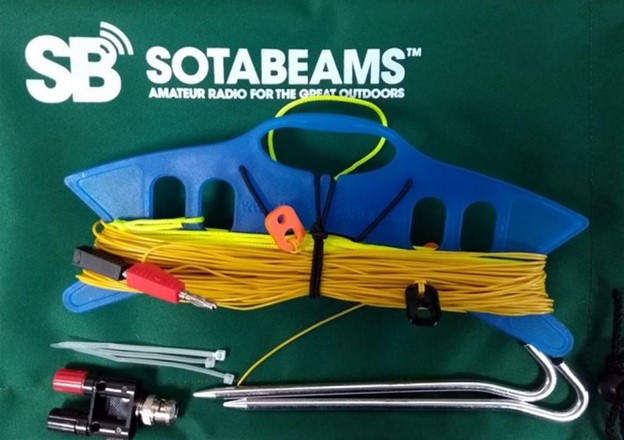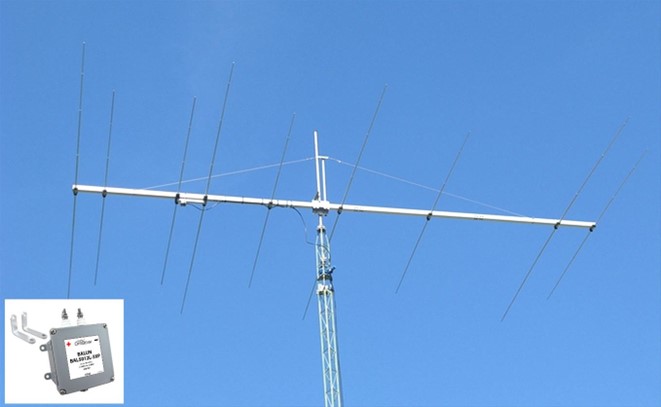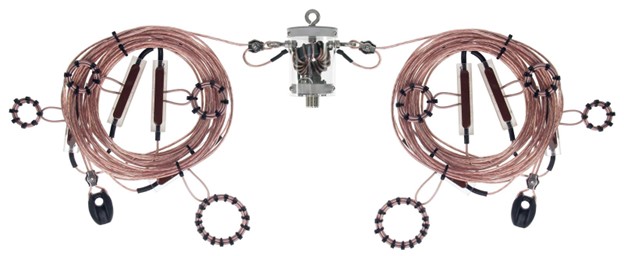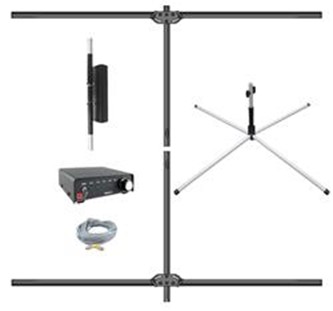If you’re new to ham radio, you’ve certainly been inundated with a flood of acronyms and codes from A to Z, or APRS (Automatic Packet Reporting System) to ZUJ (a NATO Z-code meaning “stand by”). While it’s not critical, or even practical, to know them all, some are more important than others. Our acronym of the day, WARC, falls into that category, specifically when referencing the WARC bands.
WARC stands for the World Administrative Radio Conference, which were technical meetings of the International Telecommunication Union held in Geneva, Switzerland, in 1979, 1984, and 1992. Since 1993, the gathering has been known as the World Radiocommunication Conference (WRC). Per the ARRL, original plans were to have WRC conferences held every two years, but budgetary and other issues have led to more infrequent meetings.
It was in 1979 that WARC delegates allocated three narrow sections of the shortwave radio spectrum for use by amateur radio operators—30 meters, 10.100–10.150 MHz; 17 meters, 18.068–18.168 MHz; and 12 meters, 24.890–24.990 MHz. By tacit agreement among the community of hams, it is understood that these bands are not to be used for contesting—particularly during mega-events that routinely attract significant activity. This allows non-participants the opportunity to still get on the air during high-profile contests without having to deal with crowded HF bands, while letting contesters work each other without interference from hams more interested in making casual QSOs, practicing CW, or engaging in rag-chews.
In recent years, a kerfuffle surfaced when a State QSO Party allowed contacts to be made on the WARC bands in FT4/FT8 modes. Some saw the rule as a slippery slope toward greater infringement of these contest-free bands, while others claimed the impact would be minimal.
We’ll be discussing another more recent amateur radio allocation, 60 meters (5 MHz), in a future post.
If you’d like to take full advantage of the WARC bands for DXing or during times when international contesting dominates the airwaves, DX Engineering carries several products that can help make this possible.
- Butternut HF9V 9-Band Vertical Antenna: This 1,500W PEP/CW, 375W Digital antenna measures a stealthy 26 feet and includes 30/17/12M coverage. Read what HF9V owners have to say about this amazing antenna in this OnAllBands article and how one ham earned Top of the Honor Roll with his Butternut HF9V.
- SOTAbeams Bandspringer Midi HF Portable Antenna: This lightweight, 125W-rated random length wire antenna with counterpoise covers 60/40/30/20/17/15/12/10M. Made for the portable specialist, it’s compatible with tapered-pole systems for free-strung mounting.

- OptiBeam OB9-2WARC-P 17/12M HF Directional Antenna: This Yagi has been newly optimized for even better performance. It features four elements on 17 meters, five on 12 meters, and the robust design and proven reliability that are hallmarks of the OptiBeam brand.

- Kelemen 30/17/12M Trap Dipole Antenna: Rated at 400W and measuring 32.8 feet, this resonant heavy-duty, low-weight, weatherproof WARC antenna comes fully assembled with balun, clear PVC-insulated stranded copper wire, stainless wire clamps, and egg insulators. Just add rope and coax to complete the installation. The pre-assembled 400W, 72.2-foot DP-WARC+8040 Kelemen model (below) comes with 80M and 40M coverage plus the three WARC bands. The 41.3-foot DP-WARC+40 trap dipole includes 40M coverage.

- DX Engineering TW Antenna 5-Band Adventurer Package: Providing 20/17/15/12/10M coverage, this highly portable and easy-to-assemble antenna comes with basic antenna structure, switchable band box for simple remote switching to any of the five bands, 65.5-foot control cable, control console, and antenna stand. It makes a great choice for portable QRP ops.

- Hustler Standard Resonators for 30M, 17M, and 12M: These resonators can handle up to 400 watts PEP—enough power for almost any mobile installation.

Visit DXEngineering.com for many more options to help you get on the WARC bands.

